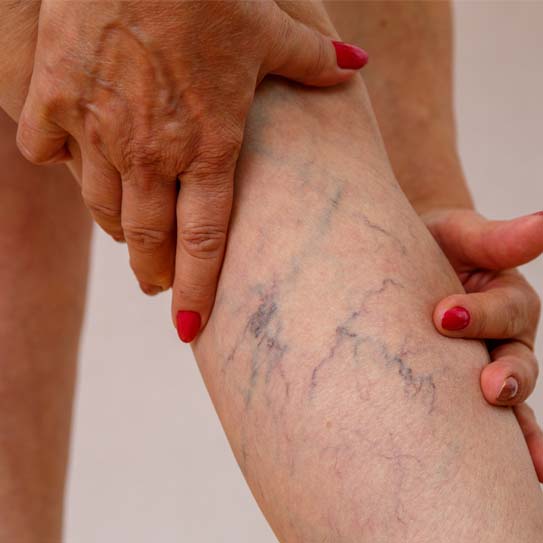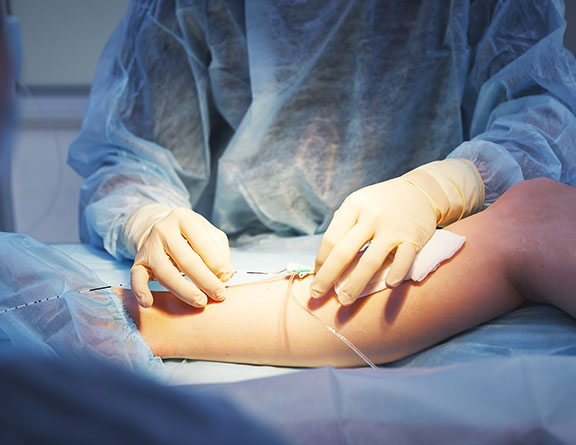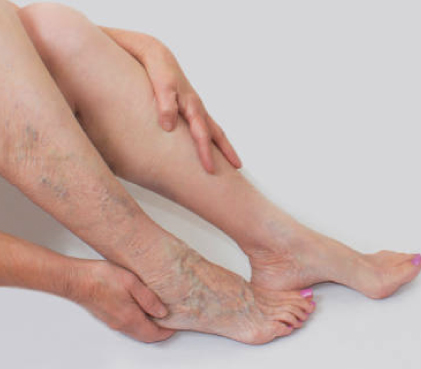
To evaluate the soreness and swelling, an orthopaedic surgeon will do a comprehensive physical examination of the afflicted shoulder joint. While applying gentle pressure to the problematic region with the fingertips, the doctor could inquire about other symptoms, such as the degree of discomfort. The orthopaedic surgeon will suggest a few diagnostic tests to find the underlying reason and decide the best procedure for the shoulder joint.
Is having my shoulder replaced painful?
No, arthroscopic technology, or a less invasive technique, is used to accomplish shoulder replacement surgery. This operation is carried out while under the effects of anaesthesia, which makes it painless. However, following shoulder replacement surgery, you can have pain and discomfort for the remainder of your rehabilitation. Your orthopaedic specialist may have given medicine to help you manage these symptoms.
How long must I stay in the hospital following a shoulder replacement procedure?
Following shoulder replacement surgery, you might need to stay in the hospital for 1-2 days. However, the length of hospitalisation varies from patient to patient depending on the severity of the ailment, whether the patient is exhibiting any unusual symptoms following surgery, etc.
How long does a shoulder replacement procedure take?
It might take one to two hours to replace the shoulder. This is only a rough estimate, and the actual time may vary depending on the type of artificial implant utilised for the replacement shoulder, the severity of the problem, etc.
How long does recovery take following a shoulder replacement procedure?
When the patient resumes normal activities without experiencing any significant problems, the usual healing time may take 10–12 days. However, a full recovery might take three to four months. Additionally, physical therapy is part of the rehabilitation process and aids the patient in regaining complete mobility in the operated shoulder joint.

Also known as endovenous laser treatment or EVLA, this is a minimally invasive ultrasound-guided procedure that involves the use of ultrasound images and laser fiber in order to kill the delicate lining of the veins. After a few days following the procedure, the body absorbs the dead tissues, closing off the abnormal veins with minimal or no discomfort. This is one of the most commonly preferred methods as it involves far fewer complications, and the recovery time, as well as the success rate of this method, is much faster and higher than that of any surgical process.

Also known as endovenous laser treatment or EVLA, this is a minimally invasive ultrasound-guided procedure that involves the use of ultrasound images and laser fiber in order to kill the delicate lining of the veins. After a few days following the procedure, the body absorbs the dead tissues, closing off the abnormal veins with minimal or no discomfort. This is one of the most commonly preferred methods as it involves far fewer complications, and the recovery time, as well as the success rate of this method, is much faster and higher than that of any surgical process.

Also known as endovenous laser treatment or EVLA, this is a minimally invasive ultrasound-guided procedure that involves the use of ultrasound images and laser fiber in order to kill the delicate lining of the veins. After a few days following the procedure, the body absorbs the dead tissues, closing off the abnormal veins with minimal or no discomfort. This is one of the most commonly preferred methods as it involves far fewer complications, and the recovery time, as well as the success rate of this method, is much faster and higher than that of any surgical process.